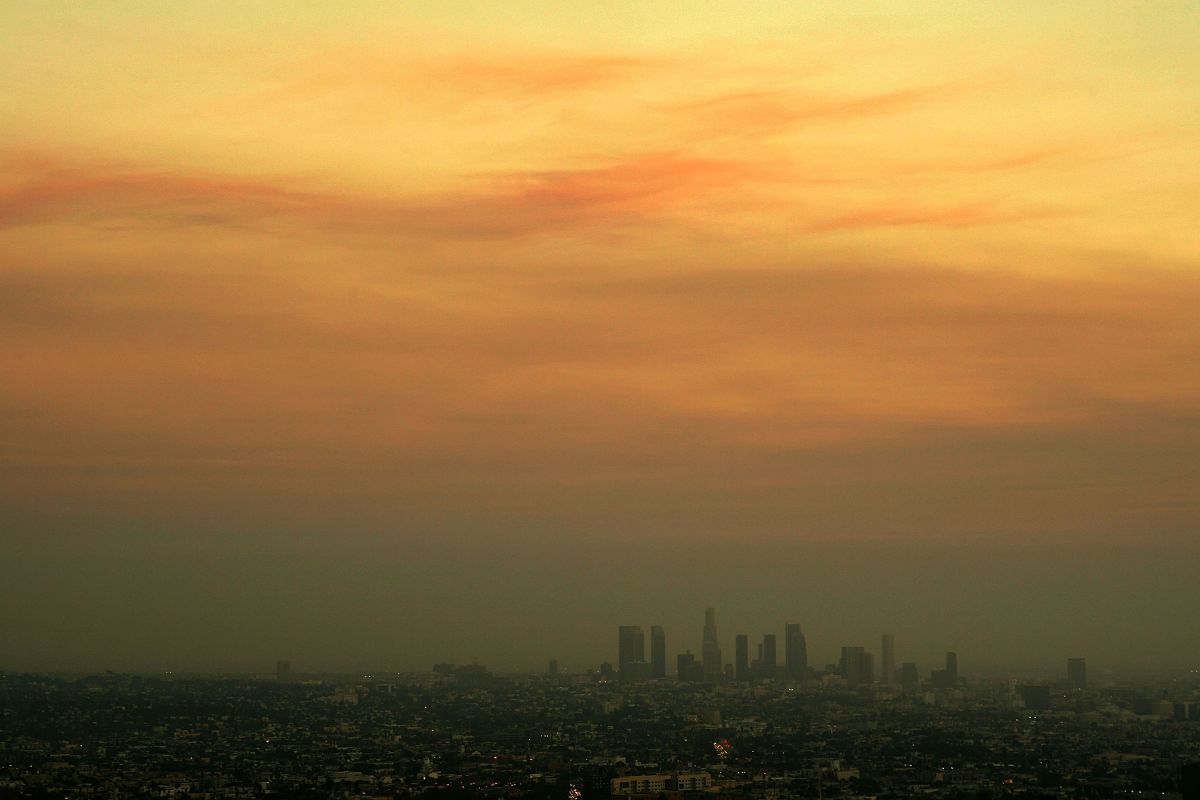The ozone layer should fully recover in the next four decades, according to a United Nations (UN)-backed report.
The findings confirm that bans on ozone-depleting substances are having the desired effect and could prevent an estimated global warming of 0.3 to 0.5°C (0.54 to 0.9°F) by the year 2100.
The Montreal Protocol was adopted in September 1987 and remains a rare example of a UN treaty achieving universal ratification. The Protocol identifies nearly 100 substances that have a harmful effect on the ozone layer and seeks to establish measures to regulate their consumption and production.
These substances include chlorofluorocarbons, commonly known as CFCs, which used to be found in aerosols. To phase them out quickly, CFCs were often replaced with alternative substances called hydrofluorocarbons (HFCs).
While HFCs do not directly deplete the ozone layer, they can have a marked impact on global warming, so subsequent amendments to the Protocol have also sought to begin phasing out their use.
Every four years, the Scientific Assessment Panel of the Montreal Protocol on Substances that Deplete the Ozone publishes a progress report, and the latest one gives us cause for optimism. If current policies hold, according to the panel, the ozone layer should recover around 2040 for most of the world, by 2045 over the Arctic and by 2066 over the Antarctic.
This means that the layer will return to the state it was in in 1980, before the ozone hole formed.
Over the past 35 years, the Protocol has become a true champion of the environment,” said the Executive Secretary of the Ozone Secretariat of the United Nations Environment Programme, Meg Seki, in a statement.
In addition to the recovery of the ozone layer itself, the report has some positive news about the phase-down of HFCs. It is estimated that if progress continues in this area, 0.3-0.5 °C (0.54-0.9 °F) of warming could be avoided by 2100.
“Ozone action sets a precedent for climate action. Our success in phasing out ozone-depleting chemicals shows us what can and must be done, urgently, to move away from fossil fuels, reduce greenhouse gases, and therefore , limit the increase in temperature,” said the Secretary General of the World Meteorological Organization, Professor Petteri Taalas.
The committee has based its report on a large amount of data collected by teams of researchers from around the world, the results of which will be presented at the annual meeting of the American Meteorological Society.
Also read:
· NASA satellite falls off the coast of Alaska after circling the Earth for 40 years
· Ozone layer: why the hole in Antarctica is the biggest in the last decade
They reveal a map of the place where Nazi soldiers hid a treasure of gold and jewels
